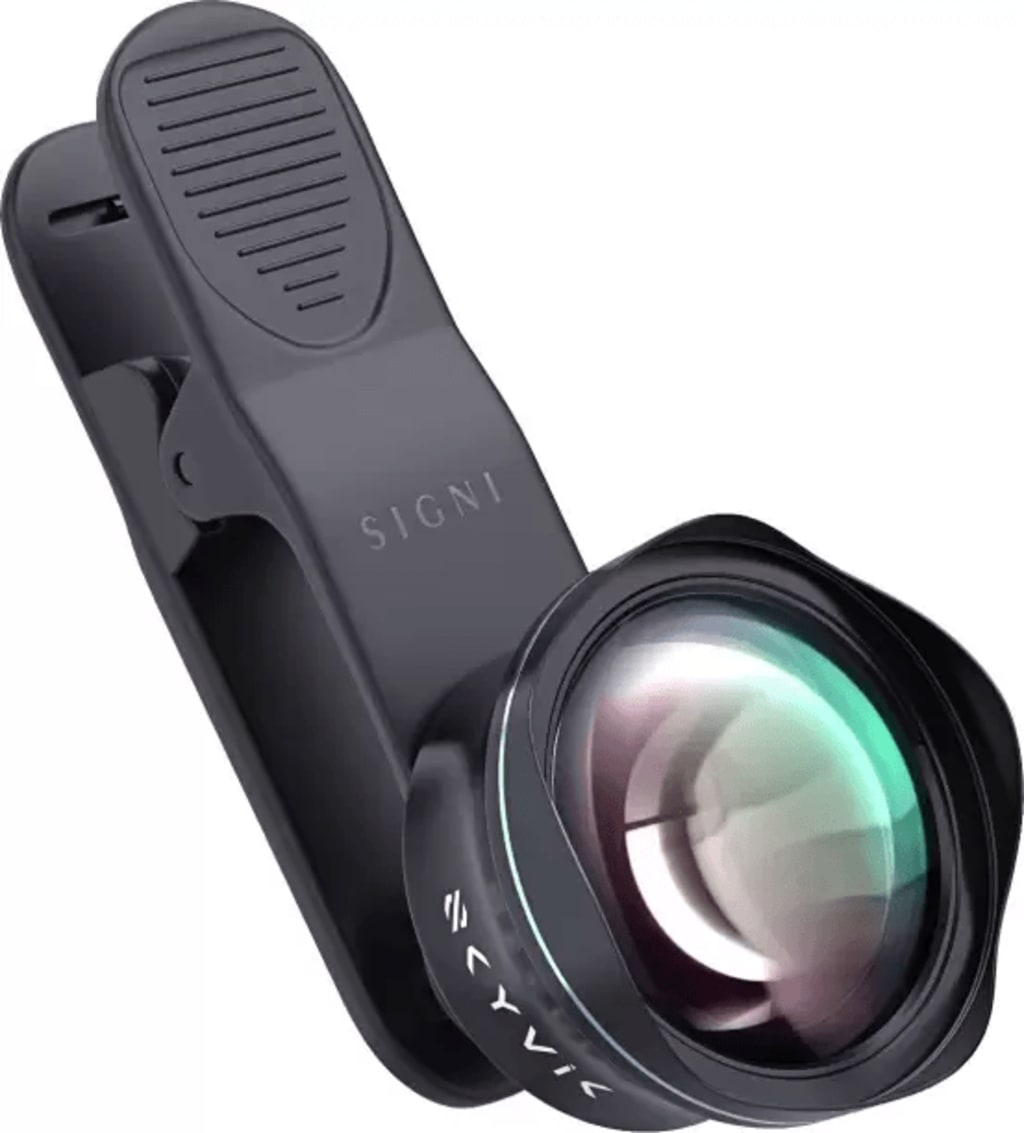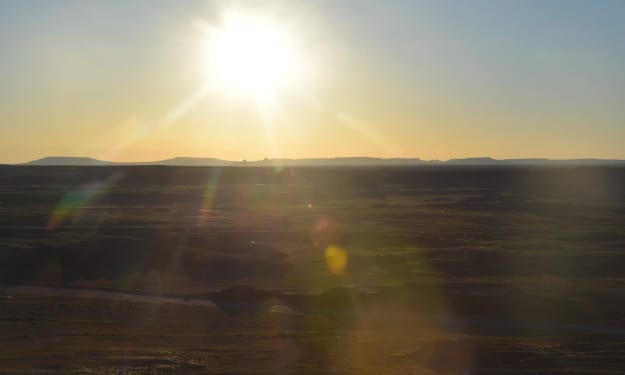The Magic of Telephoto Lenses: A Closer Look at Long-Distance Photography
Telephoto Lenses

A telephoto lens is a type of camera lens designed to provide an extended focal length, allowing photographers to capture distant subjects with greater magnification. Unlike standard or wide-angle lenses, telephoto lenses have a longer focal length, which enables them to bring faraway objects closer and make them appear larger in the frame.
Key Characteristics of Telephoto Lenses:
Long Focal Length: The defining feature of a telephoto lens is its long focal length, measured in millimeters (mm). Telephoto lenses typically have focal lengths greater than 70mm, and some can reach several hundred millimeters or even longer.
Magnification and Compression: Telephoto lenses provide significant magnification, making them ideal for capturing distant subjects such as wildlife, sports events, or details in landscapes. Additionally, telephoto lenses compress the perspective, making background elements appear larger and closer to the foreground subject.
Narrow Field of View: Telephoto lenses have a narrow field of view, meaning they capture a smaller portion of the scene compared to standard or wide-angle lenses. This characteristic helps isolate and emphasize specific subjects within the frame.
Shallow Depth of Field: Telephoto lenses often produce a shallow depth of field, resulting in a blurred background (bokeh) that isolates the subject from its surroundings. This effect enhances the visual separation between the subject and the background, drawing attention to the main focal point.
Physical Length and Size: Due to their optical design, telephoto lenses tend to be physically longer and larger than standard or wide-angle lenses. However, advancements in lens technology have led to the development of more compact and lightweight telephoto options.
Zoom vs. Prime Telephoto Lenses: Telephoto lenses can be either zoom lenses, allowing for variable focal lengths within a specified range, or prime lenses with a fixed focal length. Zoom telephoto lenses provide flexibility in composition, while prime telephoto lenses often offer wider apertures for better low-light performance.
Common Uses of Telephoto Lenses:
Wildlife Photography: Telephoto lenses are widely used in wildlife photography, enabling photographers to capture detailed images of animals in their natural habitat without disturbing them.
Sports Photography: Sports photographers often use telephoto lenses to capture action from a distance, bringing the athletes closer and providing dynamic shots even when positioned far from the playing field.
Portrait Photography: Telephoto lenses, especially in the short to medium telephoto range, are popular for portrait photography. They allow photographers to achieve a flattering perspective and create a blurred background that emphasizes the subject.
Landscape Photography: While wide-angle lenses are typically preferred for landscapes, telephoto lenses can be used to isolate specific elements within a scene, such as distant mountains or unique rock formations.
Astrophotography: In astrophotography, telephoto lenses with a longer focal length are used to capture detailed images of the moon, planets, and distant celestial objects.
The primary difference between a telephoto lens and a wide-angle lens lies in their focal lengths and the resulting perspectives they offer. Here's a breakdown of the distinctions between these two types of camera lenses:
1. Focal Length:
Telephoto Lens: A telephoto lens has a long focal length, typically greater than 70mm. Some telephoto lenses can extend to several hundred millimeters or even more. This extended focal length allows the lens to capture distant subjects with magnification.
Wide-Angle Lens: A wide-angle lens, on the other hand, has a short focal length, usually below 35mm. Wide-angle lenses encompass a broader field of view, capturing more of the scene within the frame.
2. Magnification and Compression:
Telephoto Lens: Telephoto lenses provide significant magnification, making distant subjects appear larger and closer. They also compress the perspective, bringing background elements closer to the foreground subject. This effect is often utilized to isolate subjects and create a visually appealing, compressed composition.
Wide-Angle Lens: Wide-angle lenses have the opposite effect, expanding the field of view and creating a sense of depth. They are well-suited for capturing expansive scenes, such as landscapes or architecture, and for emphasizing foreground elements.
3. Field of View:
Telephoto Lens: Telephoto lenses have a narrow field of view, focusing on a smaller portion of the scene. This makes them ideal for isolating and capturing specific details or subjects within a broader context.
Wide-Angle Lens: Wide-angle lenses encompass a broader field of view, capturing more of the surroundings in a single frame. They are popular for landscape photography and situations where including the entire scene is desirable.
4. Depth of Field:
Telephoto Lens: Telephoto lenses often produce a shallower depth of field, resulting in a blurred background (bokeh). This effect helps to separate the subject from the background, emphasizing the main focal point.
Wide-Angle Lens: Wide-angle lenses typically have a deeper depth of field, keeping more of the scene in focus. This is advantageous for capturing intricate details throughout the entire frame.
5. Physical Size:
Telephoto Lens: Due to their optical design, telephoto lenses tend to be physically longer and larger. The construction is often more complex to accommodate the extended focal length.
Wide-Angle Lens: Wide-angle lenses are generally more compact and have a shorter physical length, making them easier to handle and carry.
6. Common Uses:
Telephoto Lens: Ideal for capturing distant subjects, wildlife photography, sports events, and portraits with a compressed background.
Wide-Angle Lens: Suited for landscape photography, architecture, environmental portraits, and situations where a broad perspective is desired.
In summary, a telephoto lens is a versatile tool in photography, offering the ability to bring distant subjects closer, achieve creative compression effects, and excel in various specialized genres such as wildlife, sports, portrait, and landscape photography.





Comments
There are no comments for this story
Be the first to respond and start the conversation.